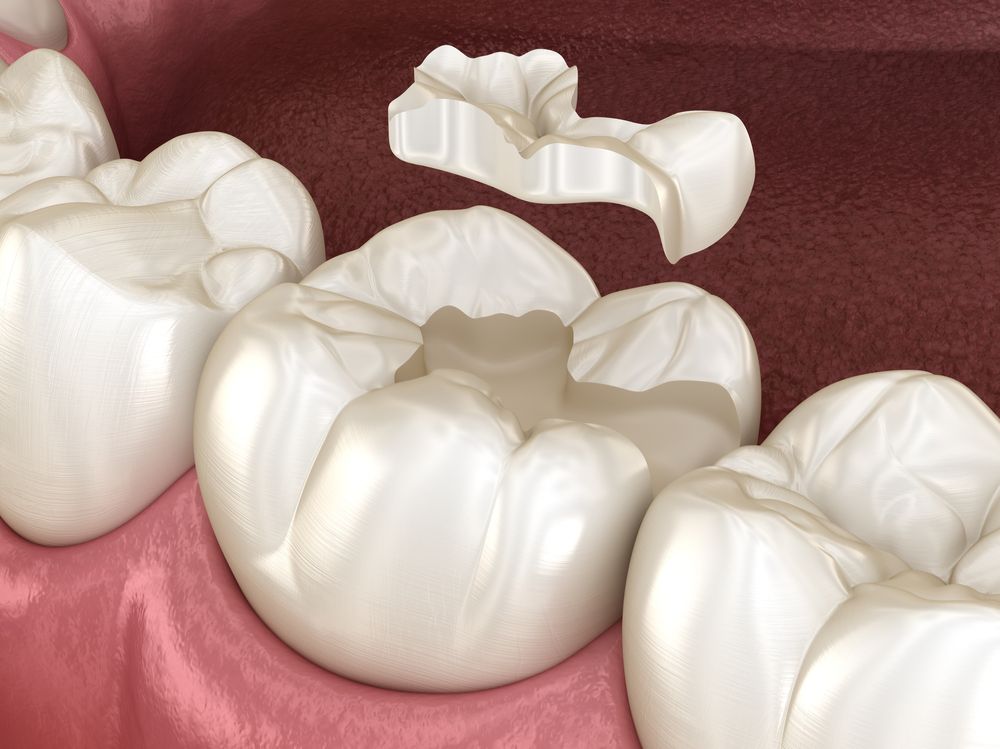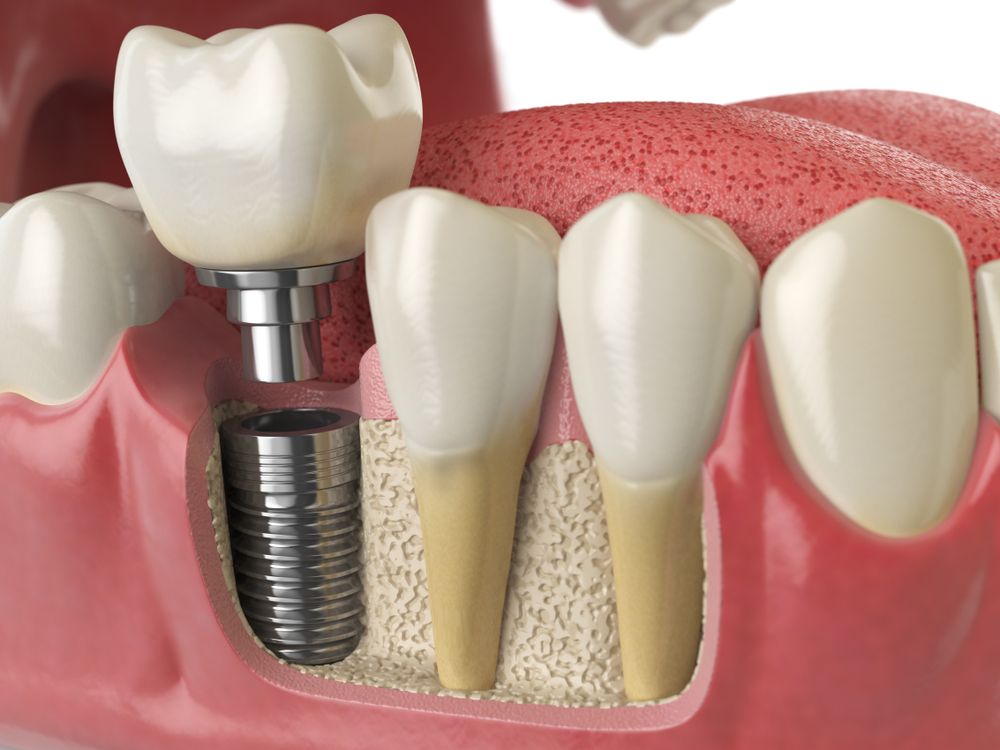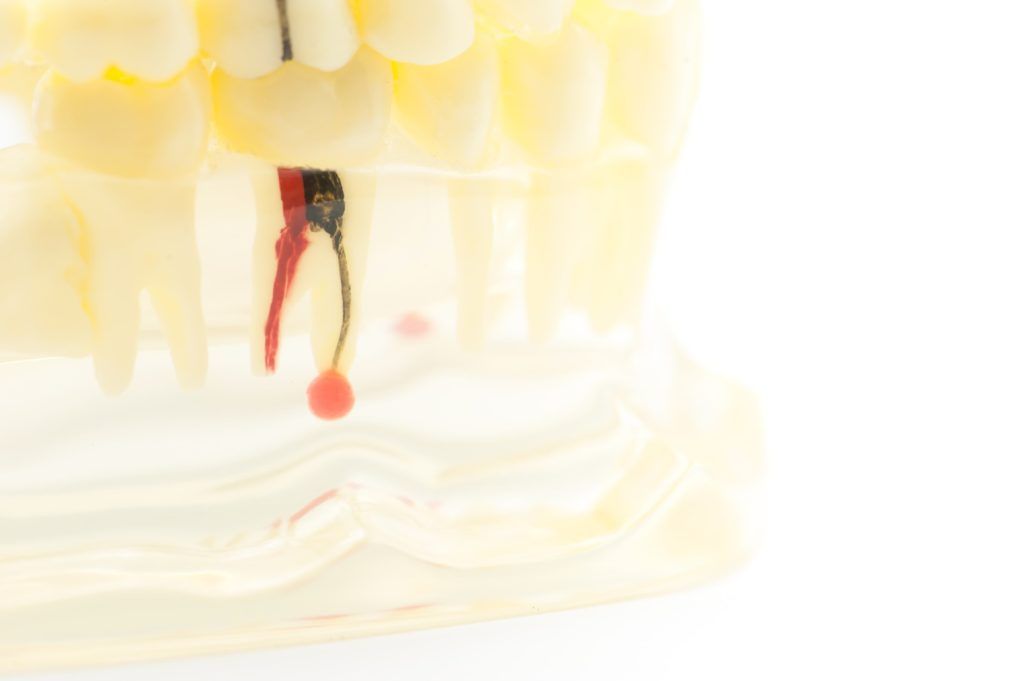Emergencies Scheduled as Promptly as Possible!

Onlays:
An onlay is a restoration made outside the mouth that replaces a cusp or cusps of a tooth. It is bonded into place. It is more conservative for tooth structure than replacing a full crown. It may be made of porcelain or metal. Unlike items such as shoes and shirts that can be mass produced for retail sales; dental treatment and restorations are unique and individual. Each restoration is made just for you.

Restoration of implants:
When teeth are missing or unable to support and retain a dental prosthesis, like a crown or dentures, dental implants are commonly used to restore a smile. When properly cared for, implants can last a lifetime! We can conduct an initial examination, identify what the problem is and how extensive it is. This will involve a physical examination along with x-rays so that we can determine the density of your jawbone.

Cosmetic Dentistry:
Your smile is the first impression that others have of you, so it makes sense that you would want it to be bright, white and healthy. You may be a candidate for cosmetic dentistry if your healthy teeth have imperfections that you would prefer to be changed to enhance the appearance of your smile. It is important to recognize that esthetic dental treatments are not meant to alter your overall appearance, but rather to provide a positive change that compliments the health and natural appearance of your teeth.

Extractions:
Tooth extractions are routine dental procedures used to remove decayed, damaged or otherwise problematic teeth. The most common cause of tooth extractions is severe tooth decay and cavities. However, many patients also undergo extractions for impacted teeth – particularly wisdom teeth. Other causes for extraction include advanced periodontal disease, cracked teeth, and teeth that are severely malformed.

Root Canals:
Root canal treatment is an endodontic procedure used to clear infected pulp away from the pulp chambers and canals of a diseased tooth. Infections occur when bacteria are allowed to enter the pulp – often due to untreated decay or a crack in the tooth. During a root canal, the tooth is opened and the pulp removed. Biocompatible cement is used to fill the tooth before it is restored with a crown or other restoration. You may need a root canal if tooth decay or a broken tooth has allowed the pulp to become infected and inflamed. Signs and symptoms to watch out for include temperature sensitivity, swelling, drainage, odor, pain, and discoloration of the tooth. It is important to treat infections quickly, as delaying treatment can result in severe tooth pain and abscess.